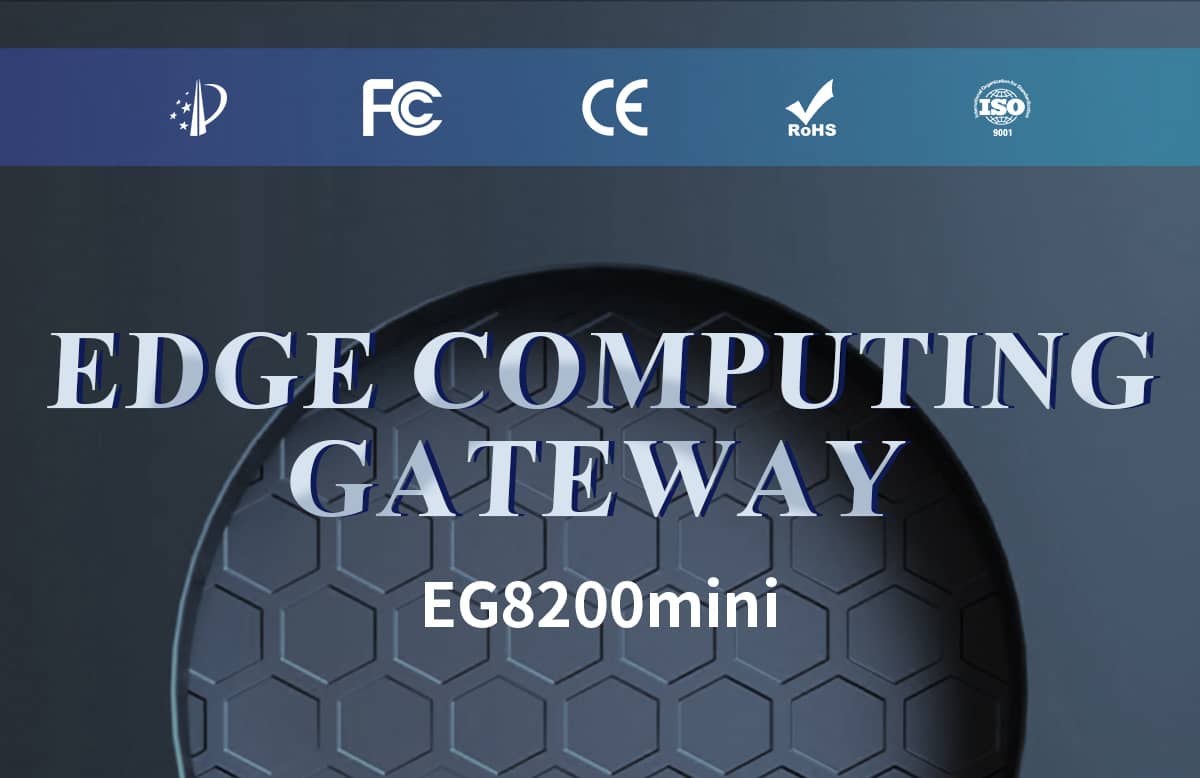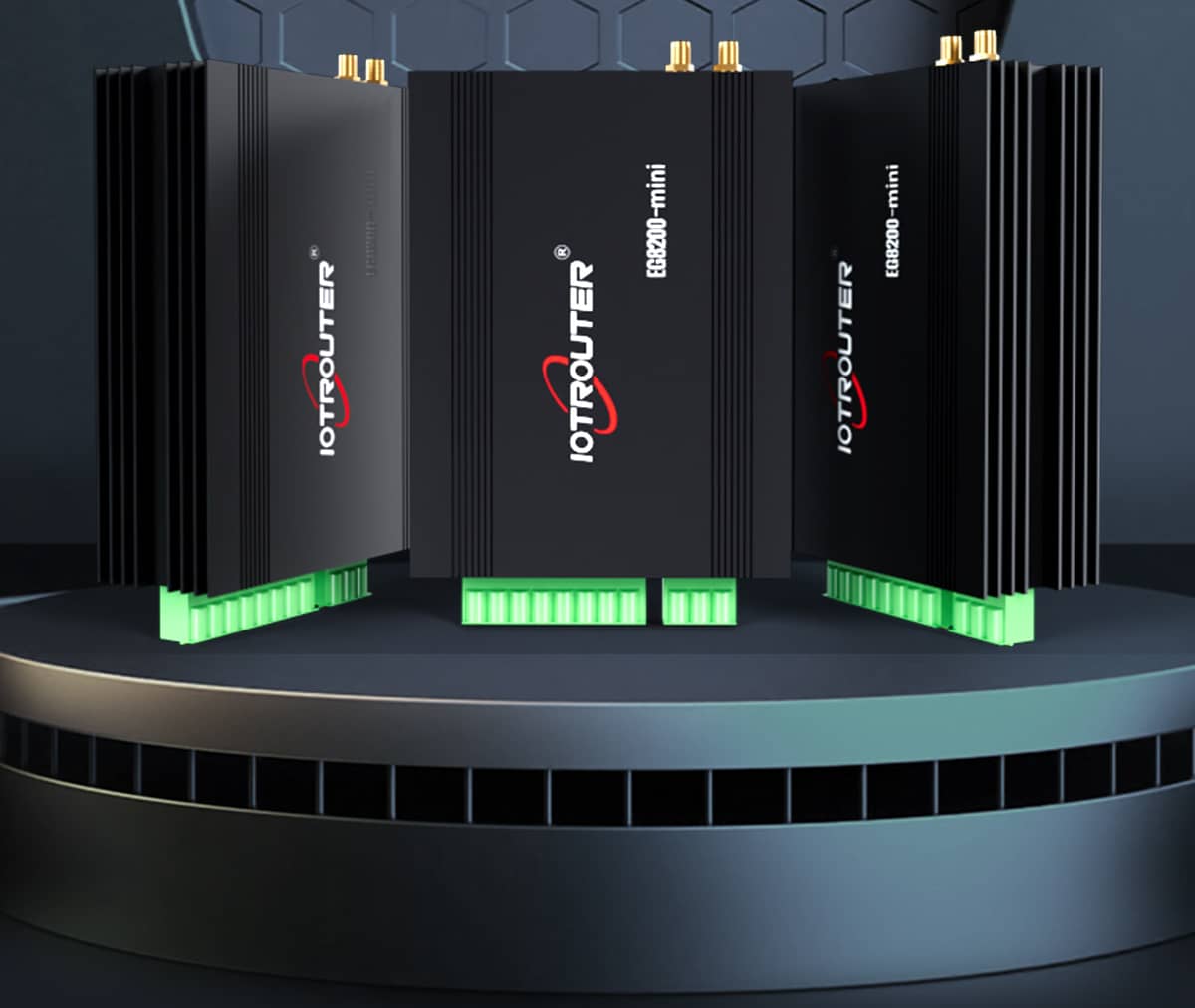In modern industrial automation systems, PLC (programmable logic controller) and HMI (human-machine interface) are two indispensable core.
PLC as the system’s “brain”, control equipment operation process. HMI is the “eyes” and “hands”, providing operators with a visual interactive interface, allowing people to monitor and control the system. The combination of the two makes industrial production more efficient, intelligent and intuitive, forming a perfect closed loop of industrial automation.
Understanding Programmable Logic Controllers (PLCs)
Programmable Logic Controllers (PLCs) were first developed in the late 1960s to replace relay circuits commonly used in production and industrial control systems. The main driver behind the establishment was the automotive industry. It was General Motors that released a series of equipment regulations to replace hard-wired relay systems that were becoming increasingly complex and difficult to maintain.
The first PLC, called the Modicon084, was released by Bedford Associates in 1969. Since then, PLCs have come a long way in terms of functionality, size, and level of versatility. Today’s PLCs are highly sophisticated machines, capable of controlling complex operations and handling multiple tasks simultaneously.


As shown in the picture: EG8200mini is a graphical programming edge computing gateway developed by IOTRouter focusing on data acquisition and protocol conversion. It supports docking to various mainstream PLC brands. Supports a variety of industrial protocols and IoT protocols. Support data format customization and logic customization. Support remote management/upgrade/operation and maintenance. It also supports virtual LAN remote uploading and downloading PLC programs.
How PLCs work
Programmable Logic Controllers (PLCs) are cumbersome machines designed to manipulate complex industrial systems. At the heart of its operation are four key components: the CPU, I/O modules, power supply, and external programming devices.
The CPU is essentially the brain of the PLC. It performs pre-programmed control functions based on data received from various connected output devices. Such output devices can be anything from sensors and switches to temperature gauges, and the CPU analyzes the incoming data to determine the appropriate response. For example, if a temperature gauge pushes low-temperature data to the PLC, the PLC’s processor will analyze the information to determine if the temperature is too low and run a command to turn on the heating element.
This continuous process of acquiring data, processing it, and responding based on the analysis allows the PLC to accurately and reliably manipulate a wide range of industrial and production processes. The ability of the PLC to quickly process data and subsequently adjust its output makes it an invaluable tool for a wide range of industries, from manufacturing to energy production.
Important features and benefits of PLCs
- Stability and Durability: PLCs are designed for use in extreme industrial environments and can withstand extreme temperatures, vibration and electrical noise.
- Stability and Expandability: A PLC is capable of operating several devices and can easily add new roles as needs change.
- Instant operation: PLCs are able to process data and adjust exports in parallel, making them ideal for manipulating dynamic systems.
- Easy to program and maintain: PLCs are easy to program and maintain based on the use of Ladder Logic and other user-friendly programming languages.
HMI: Platform for System Visualization and Operation
Human Machine Interfaces (HMI) are a key dimension of modern technology and automation. They act as a bridge between the user and the device, accomplishing interaction and communication.
The concept of HMIs has been around for decades, starting with simple operator panels in industrial machinery. Over time, this evolved into more complex systems with digital screens, touch interfaces and advanced software. Technological advances and the need for more efficient and user-friendly device control and interaction techniques have contributed to this evolution.

Pictured here is IOTRouter’s latest product, the EV8010 HMI cost-effective gateway.
How HMI works: operator interface, connectivity, etc.
At its core, an HMI is an operator interface that allows people to interact with a machine or system. It ranges from simple physical buttons or switches to complex software in a touch screen display, which the HMI transmits to the device or system they are manipulating according to various types of connectivity options, including wired connections such as Ethernet or wireless technologies such as Wi-Fi or Bluetooth.
The HMI receives input from the customer, solves it, and then sends commands to the device or system. It also indicates data from the device or system to the user or human operator, providing real-time information about its condition and characteristics.
Important features and advantages of HMI
- Familiar Operator Interface: HMIs can be designed as user-friendly pages, making it easier for operators to interact with the machine.
- Real-time dynamic view: HMI provides real-time dynamics related to the equipment or system they are operating, which in turn allows for quick decision-making and troubleshooting.
- Customization and personalization: HMI can be customized to meet the specific needs of different users or industries, making it highly practical.
- Remote access and control: HMIs can be accessed and controlled remotely, depending on the wireless connectivity options used, thus enhancing the efficiency and safety of some applications.
PLCs have long been the industry standard for machine control, versatile and complex units with multiple control modes capable of performing tasks ranging from basic control to process control and even motion control. More advanced programmable automation controllers (PACs) can handle even more demanding tasks. HMIs are human-machine interfaces, often used in conjunction with PLCs, that allow operators to interact with and control industrial processes through graphics, touchscreens, and keypads, and provide user-friendly interfaces for monitoring and managing processes.Industrial automation control